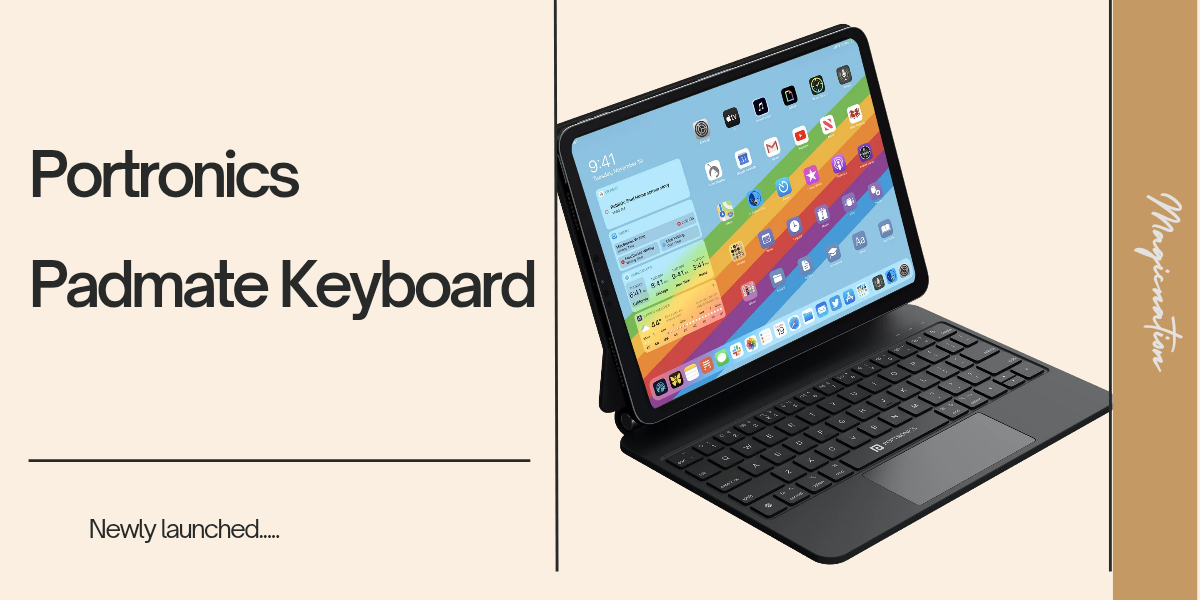 Hey Explorers, What's up!
Hey Explorers, What's up!Lithium-ion batteries power our modern world, from smartphones to electric vehicles (EVs). However, despite their widespread use, they degrade over time, reducing their performance and lifespan. A recent breakthrough study has identified a surprising factor in this degradation process: hydrogen protons from the battery’s electrolyte. This finding not only sheds new light on the science behind battery aging but also points to potential solutions that could extend the life of lithium-ion batteries and enhance their efficiency in various applications.
Key Findings from the Study:

1. Hydrogen Protons Invading Cathodes:
Previously, scientists believed that lithium-ion battery degradation was primarily due to lithium ions becoming "trapped" in the battery's cathode over time, limiting the number of active ions available for charge cycles. However, the new study, published by researchers from multiple prestigious institutions, reveals that hydrogen protons from the battery's electrolyte can infiltrate the cathode. These hydrogen protons displace lithium ions, reducing the battery's overall capacity and leading to faster degradation.
2. Impact on Battery Performance:
As hydrogen protons occupy spaces meant for lithium ions in the cathode, the battery’s ability to store and release energy diminishes. This causes a gradual loss of charge capacity and a shorter battery lifespan. The effect is particularly concerning for applications like EVs, where battery efficiency is crucial. The study demonstrated that this phenomenon primarily occurs in the layered transition metal oxide used in the cathode, which is a common material in lithium-ion batteries.
 ((Insets in a, d and g show optical images of Li foils after cycling. The pristine Li metal thickness is 250 µm. In c, f and i, blue lines indicate the thickness of the Li metal cycled in different electrolytes, and red lines show the etching depth.))
((Insets in a, d and g show optical images of Li foils after cycling. The pristine Li metal thickness is 250 µm. In c, f and i, blue lines indicate the thickness of the Li metal cycled in different electrolytes, and red lines show the etching depth.))3. Structural Damage to Cathodes:
Beyond reducing charge capacity, hydrogen protons also physically damage the battery’s cathode. As the protons infiltrate the material, they cause the formation of cracks in the cathode structure. This not only accelerates the degradation process but also contributes to the battery’s overall instability. This structural weakening leads to a more rapid decline in battery health, forcing consumers to replace batteries more frequently, which has environmental and economic consequences.
The discovery of hydrogen’s role in lithium-ion battery degradation is particularly important for the electric vehicle industry. EV batteries are expected to last for years, but as hydrogen infiltrates the cathode, the vehicle’s range decreases, and the frequency of charging increases. This can lead to early battery replacement, which is costly for consumers and reduces the overall appeal of EVs compared to gasoline-powered vehicles. Additionally, shorter battery lifespans increase the environmental burden by requiring more frequent mining of raw materials like lithium and cobalt, and more intensive recycling processes.Why This Matters for EVs and Other Technologies:
Moreover, hydrogen-induced degradation affects not only EVs but also any device that relies on lithium-ion batteries, including laptops, smartphones, and renewable energy storage systems. Understanding this mechanism can help manufacturers develop batteries that are more resistant to degradation, extending their useful life and improving performance.
Armed with this new knowledge, researchers are already looking into ways to counteract hydrogen proton infiltration in lithium-ion batteries. One potential solution is to develop new materials for the cathode that are less susceptible to hydrogen intrusion. Another approach is to modify the battery’s electrolyte composition to minimize the release of hydrogen protons during charge cycles. Scientists are also exploring how coatings or other protective layers could be applied to the cathode to prevent hydrogen from causing damage.Potential Solutions and Future Battery Designs:
In the long term, these innovations could lead to the development of more durable lithium-ion batteries that retain their capacity for longer periods, reducing the need for frequent replacements. This would benefit not only consumers but also industries that depend on battery technology, such as renewable energy, where reliable energy storage is critical for balancing supply and demand.
The revelation that hydrogen protons contribute to lithium-ion battery degradation marks a significant advancement in our understanding of battery technology. By addressing this issue, future lithium-ion batteries could be more durable, efficient, and cost-effective. This is particularly important for industries like electric vehicles and renewable energy, where battery performance directly impacts adoption rates and environmental sustainability. As researchers continue to explore solutions, we may soon see the next generation of lithium-ion batteries that are better equipped to meet the demands of a rapidly electrifying world.Conclusion:
By addressing hydrogen proton leakage, we may soon witness a new era in battery design, offering longer-lasting, more sustainable solutions for our increasingly electrified world.
So what do you think about this study, let me know in the comment section!


















